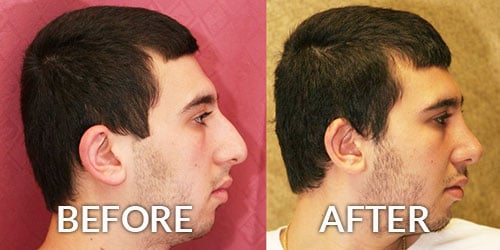There are a couple of choices to make when it comes to a breast augmentation procedure: which type of implant- saline or silicone- you would prefer and the size of the implant that you desire. Although the patient should of course choose the type and size of implant based on their own personal preferences about what they would like the outcome of their breast augmentation procedure to be, she should keep in mind that her decision on the type and size of implant will determine the actual procedures that are used during the Beverly Hills breast augmentation procedure.
There are three different types of incisions that can be utilized during a breast augmentation procedure: the inframammary incision, the transaxillary incision, and the periareolar incision. The inframammary incision is an incision that is made along the curved underside of each breast, the transaxillary incision is an incision that is made under the arm near the armpit, and the periareolar incision is made along the bottom half of the nipple; which incision is used depends on the type and size of the implant chosen by the patient, although, there are instances in which the type of incision that is used is also based upon the body type of the patient who is undergoing the breast augmentation procedure.
Inframmary incisions are used most often by cosmetic surgeons as they provide the best and easiest route of access to optimally place the breast implants, especially when it comes to silicone implants. This is because silicone implants come pre-filled, meaning that the cosmetic surgeon will have to place the fully filled implant directly into your breast tissue. This is in contrast to the saline implant which is empty prior to being placed in the breast tissue- the implant is only filled to a predetermined size after it has already been placed inside the breast. Although the inframmary incision typically results in a relatively long scar along the bottom of the breast, this scar is often hidden from view by the natural fold at the bottom of each breast.
The transaxillary incision is technically made to the “axilla”- or armpit- hence the name of the incision. Using the transaxillary incision means that the cosmetic surgeon will have to either manually place the implant or use an endoscope to place the implant- the endoscope provides a better degree of precision for implant placement. Although this incision will prevent the formation of a scar on the breast, it will of course result in a small scar on the underside of the armpit. Due to the relatively short length of the tranaxillary incision, it is typically reserved for saline implants.
The periareolar incision is made along the border of the areola, in order to minimize the visible appearance of any post-op scarring. Like the transaxillary incision, the periareolar incinsion is typically too short to use to place silicone implants. Since the periareolar incision is created along the areola, the chance of visible scarring is minimized.




